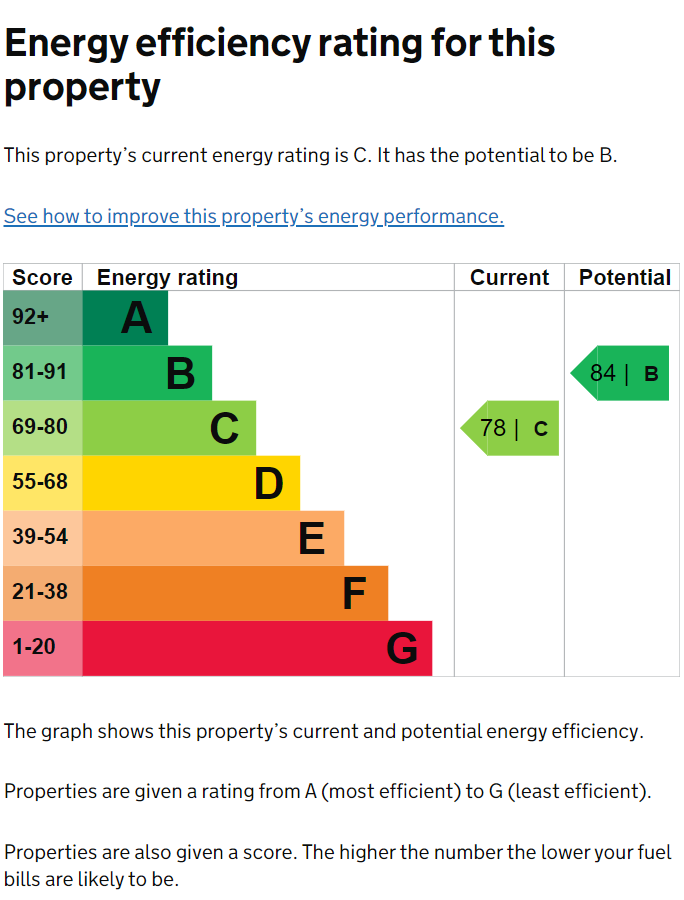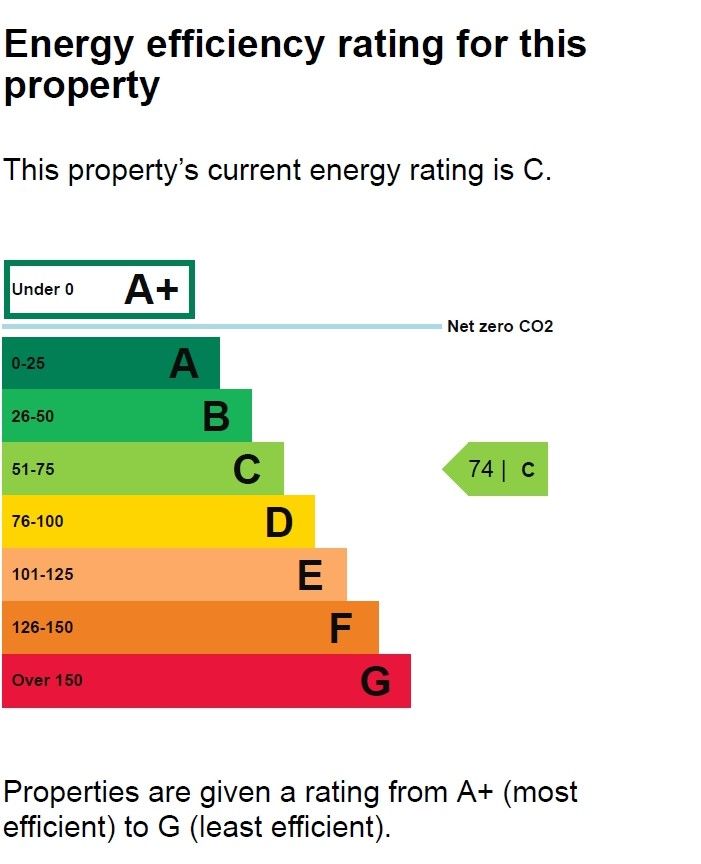Energy Performance Certificates (EPCs)
There are different types of Energy Performance Certificates (EPCs) depending upon whether the property is domestic or non-domestic
Use the "Find A Member" link now to locate an assessor near you who can provide the type of EPC you need
Energy Performance certificates are a requirement of the Energy Performance of Buildings Regulations which have gone through several revisions since they first came into force in 2007. At the time this page was produced the current regulations were the Energy Performance of the Buildings (England and Wales) Regulations 2012 which are available here.
There were some amendments made to the regulations in 2016 which are available here.
The UK Government plans to improve the energy efficiency of buildings as part of the need to act against climate change. A key part of this is the introduction of a minimum energy efficiency standard for rented properties. This is defined in The Energy Efficiency (Private Rented Property) (England and Wales) Regulations 2015 which are available here.
Note – These are often referred to as “The MEES” regulations in recognition that the key part of them is the Minimum Energy Efficiency Standards.
They have gone through two relatively minor amendments since they were introduced. The 2016 amendments are here and the 2019 amendments are here.
The EPC Register
EPCs are lodged on a central register where they can be viewed by any interested parties. The register is searchable and can be accessed here.
Domestic EPCs

Generally known as domestic EPCs, they are required for a residential property. This is defined in the regulations as “consisting of a single dwelling” so they are probably more correctly referred to as EPCs for dwellings.
A “dwelling” is a building or part of a building occupied or intended to be occupied as a separate dwelling. In most cases this is fairly straight forward as a domestic EPC is clearly applicable to a house, flat, maisonette etc.
It can become a little less clear in certain instances such as a ‘granny annex’ or the flat above a shop for example. The decision on whether a single EPC is sufficient or a separate EPC is required for each part must be taken on a case-by-case basis. This depends largely on whether each part is separately accessible, or you have to go through one to get to the other, and whether each part has its own cooking, washing and sleeping facilities. If you are unsure, your chosen Proficiency Domestic Energy Assessor should be able to help you decide how the rules apply to your property.
Non-domestic EPCs

Generally known as non-domestic EPCs or sometimes commercial EPCs, they are actually defined in the regulations as EPCs for “a building other than a dwelling” or “a building which is not a dwelling”.
It is better to think of these as non-dwelling EPCs because they apply to any building which does not fit the definition of a self-contained dwelling. A non-domestic EPC may be applicable to a building that you wouldn’t necessarily think of as having a “commercial” use but which is not a self-contained dwelling.
There is an exemption in the regulations for stand-alone buildings less than 50 m² and this can cause some confusion. Stand-alone is not defined in the regulations themselves but in other guidance¹ as “entirely detached and not connected to another building or building unit”. Whilst on the face of it this may seem an odd exemption as most buildings less than 50m² will not be entirely detached so the small building exemption does not exempt the majority of small buildings. However, in practice it makes a lot of sense as what it does generally exclude is things like outdoor market stalls, ticket booths, security checkpoints etc.
¹ The guidance referred to is the document A guide to energy performance certificates for the construction, sale and let of non dwellings which is available below.

